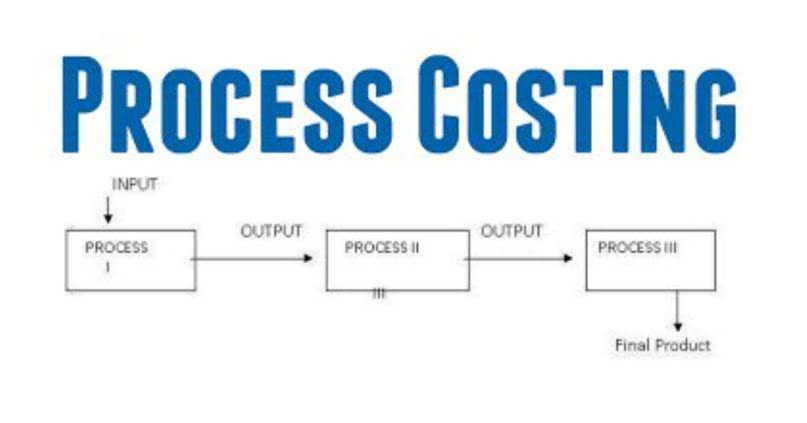Content

The invoice amount is used to record the subsequent balances in the Balance Sheet. Accounts receivable is the dollar amount of credit sales that are not collected in cash. When you sell on credit, you give the customer an invoice and don’t collect cash at the point of sale. By having many revenue accounts and a huge number of expense accounts, a company will be able to report detailed information on revenues and expenses throughout the year. The business must reduce its accounts payable balance if it sells the items it has acquired and then returns those things before paying back the debt.

It is represented as the amount of outstanding balances that have to be paid to the suppliers at the end of the given period. In this regard, the question that https://www.bookstime.com/articles/do-i-need-a-personal-accountant arises is when current liabilities are actually classified on the balance sheet. The cash is received in April, but the revenue is correctly recorded in March.
Checking and Filling Invoice Details
Accounts receivable refers to the amount that your customers owe to you for the goods and services provided to them on credit. Thus, the accounts receivable account gets debited and the sales account gets credited. This indicates an increase in both accounts receivable and sales account. Further, accounts receivable are recorded as current assets in your company’s balance sheet. On the other hand, accounts payable refers to the amount you owe to your suppliers for goods or services received from them. Thus, the purchases account gets debited, and the accounts payable account gets credited.
A glance at an accounting chart can give you a snapshot of a company’s financial health. This means that when you make a credit entry to one of these accounts, it increases the account balance. When you make a debit entry to a liability or equity account, it decreases the account balance. A credit balance occurs when the credits exceed the debits in an account. Accounts Payable are measured and subsequently recorded in the Balance Sheet depending on the invoiced amount.
Composition of a Company’s Balance Sheet
It aids in maintaining accurate financial records and statements that mirror the true financial position of your business. Misunderstanding normal balances could lead to errors in your accounting records, which could misrepresent your business’s financial health and misinform decision-making. This means that when you increase an asset account, you make a debit entry. For instance, when a business buys a piece of equipment, it would debit the Equipment account. Accrued expenses are the total liability that is payable for goods and services consumed or received by the company.
- Payables should represent the exact amount of the total owed from all of the invoices received.
- DPO determines the average number of days it takes for a company to pay its accounts payable.
- If you can’t generate enough current assets, you may need to borrow money to fund your business operations.
- Your company is paying slowly to its suppliers if its accounts payable turnover ratio falls relative to the previous period.
- The Internal Revenue Service (IRS) would stop examining and auditing tax returns and responding to taxpayer queries.
- Accounts payable is a liability since it is money owed to creditors and is listed under current liabilities on the balance sheet.
- Several ways to automate Accounts Payable include using software or outsourcing the process to a third-party provider.
So for example a debit entry to an asset account will increase the asset balance, and a credit entry to a liability account will increase the liability. Given these issues, it may may sense to aggregate the payables balance for every business day of the month and then divide by the total number of business days. Of course, the increased accuracy level comes at the cost of the additional labor required to track the daily payables balance. Another variation is to develop a monthly average payables figure based on the ending weekly figure. There are two ways of how accounts payable are measured for entry in the accounting journal. The normal balance shows debit in the accounts payable when the left side is positive.
When Not to Use Average Accounts Payable
Individual transactions should be kept in the accounts payable subsidiary ledger. Accounts receivables are money owed to the company from its customers. As a result, normal balance of accounts accounts receivable are assets since eventually, they will be converted to cash when the customer pays the company in exchange for the goods or services provided.
In this article, we go into a bit more detail describing each type of balance sheet item. To recognize an expense before cash is paid, businesses increase the accounts payable balance. In a similar—albeit exact opposite—way, firms increase accounts receivable when revenue is earned before cash is received.

